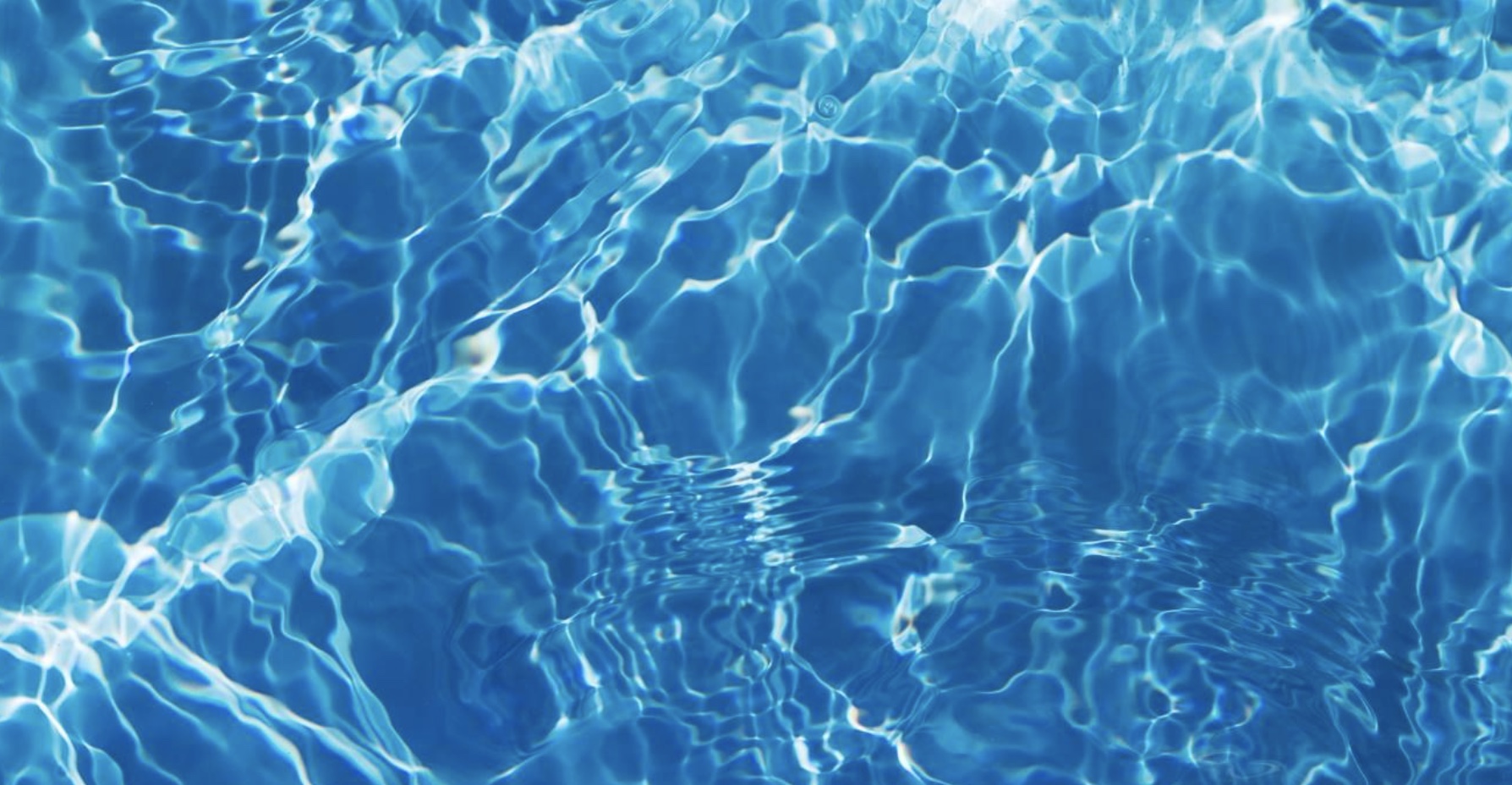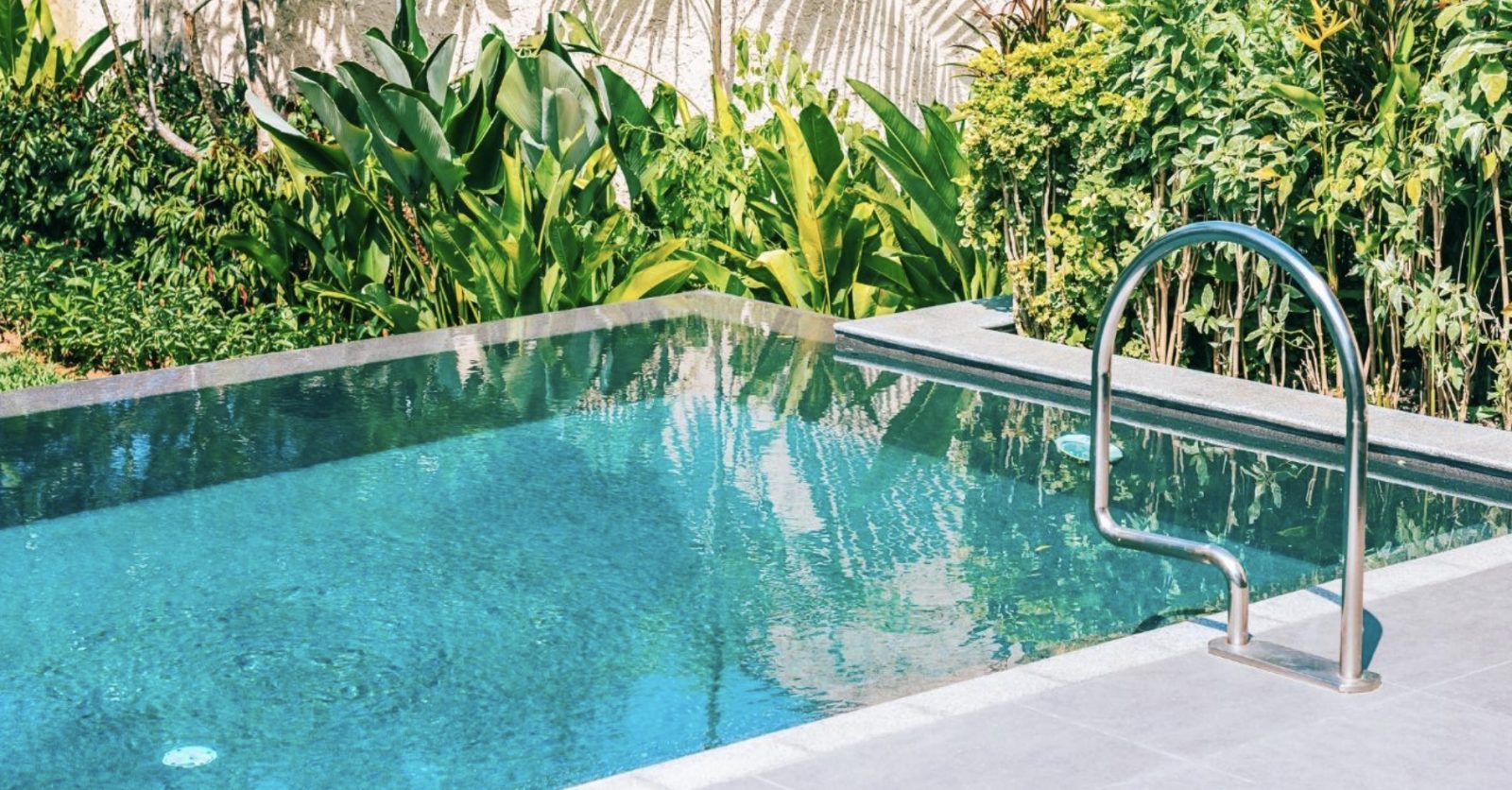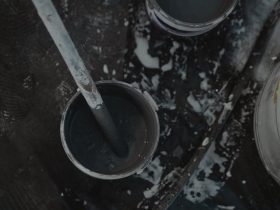Pool chemicals are used for cleaning the pool, especially if you need to get it ready for the summer. This will be ideal if you want to have fresh and clean water that you and the entire family can bathe in when the weather turns too hot. As a homeowner, it’s rarely efficient and cost-effective to drain the entire inground swimming pool and fill it with water once again.
This is why there are specific solutions that are given to the water to make it safe for everyone. This is where the best swimming pool chemicals like chlorine and bromine come in. The best ones will balance the pH levels in the water so it won’t irritate the skin, the chlorine will kill the bacteria, viruses, and microbes in the water, and others have different uses according to how they were formulated. Here are some that you may want to know about.
Reader's Roadmap
Caution
Pool chemicals are generally safe, but only when handled properly. Some of the dangers of pool chemical exposure include skin irritation and rashes, burning and itchy eyes, and bronchial problems. The key to avoiding these adverse reactions is to follow the instructions for the proper handling of pool chemicals. For starters, make sure you wear chemical- and puncture-resistant gloves. Nitrile gloves are ideal if you’re sensitive to latex. Besides gloves, put on goggles or safety glasses and thick but breathable face masks.
Information about Chlorine
Chlorine is a chemical that is used to clean pools. It’s very affordable and can be bought at most retail stores. Chlorine has three purposes: it sanitizes, deodorizes, and oxidizes the water. The first two purposes rely on chlorine’s ability to break down organic material in the pool.
The third one relies on the chlorine’s oxidizing properties. The process of oxidizing is what makes the water have that pool smell. This chemical is an antioxidant that’s often used to treat odors, and if you combine it with oxidizers, there will be no more smells for the summer.
About the Algaecides
Algaecides are copper-based products that kill algae, which may cause the water to look green or brown. Algaecide can be either an acid or salt, depending on what is used in its formulation. This is when it can disrupt the cell division of the algae, inhibit its growth, and prevent the new cell proteins from forming, which is vital for the microorganisms’ survival. Get more info about algaecides in this link here.
As long as you’re able to maintain the chemistry in your pool which is 3 ppm bromine, 3 ppm chlorine, 50 ppm biguanide, as well as balanced pH levels, then you can help the algaecide become more effective. The water will still become blue and ready for the entire family during the summer. It will be safe as well, even if you swim in it for hours.
About pH Balancers
The pH level of your pool is the measure of the alkalinity or acidity in it. A pH balance of 7.2-7.6 is considered safe for swimming because it’s neither too acidic nor alkaline (basic). If the pH level drops below 7, you should check to ensure there are no problems with your filter, sanitizer, and other processes.
If the pH rises above 7.6, you should look for the source of the problem. If it’s going to be higher than 8, there can be issues with the water, which can sting one’s eyes. Some of the factors that can affect pH levels are heavy rains and recent flooding. Remember to check the levels regularly and adjust accordingly whenever they start to rise or dip.
Cyanuric Acid
Chlorine, when used alone, does not usually stick around in the water. This is the case, especially if it’s in broad daylight and exposed to the ultraviolet rays of sunlight. In this case, cyanuric acid becomes helpful. This will act as a stabilizer which means that you can use less chlorine but still have cleaner water.
The tablets often contain cyanuric acid but make sure that you only apply the right amounts. Too little of this will result in chlorine’s faster evaporation. Don’t be carried away and use too much as this can damage the pool itself. Read more information about cyanuric acid when you click this site: https://www.chemservice.com/news/why-is-cyanuric-acid-important-for-pools/.
Prevention is Always Easier than Treatments

Regular pool maintenance and checking of the chemistry level is one of the ways you could prevent algae and dirt from settling at the bottom. Sanitize everything and keep the leaves and debris off with the help of long skimmers. Call a professional and get help if you’re unsure about what to do with the cleaning. Other helpful tips are the following:
- Close the entire pool if you notice that the recirculation system is not running. Don’t allow any swimmers until the pH or chlorine control feed has run for at least five minutes. It’s always best for the quality of the water to meet the standards to keep everyone safe in the family.
- Check the pump rooms and make sure that there’s adequate ventilation.
- Set up a preventive maintenance program that will benefit you in the long run. Replace the equipment that’s too old or before it fails to work. Always check for the chemicals present in the water, replace the tubing regularly, see the valves, ensure there are no leaks, and observe the clamps to see if there are problems.







Leave a Reply
View Comments